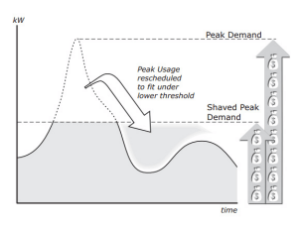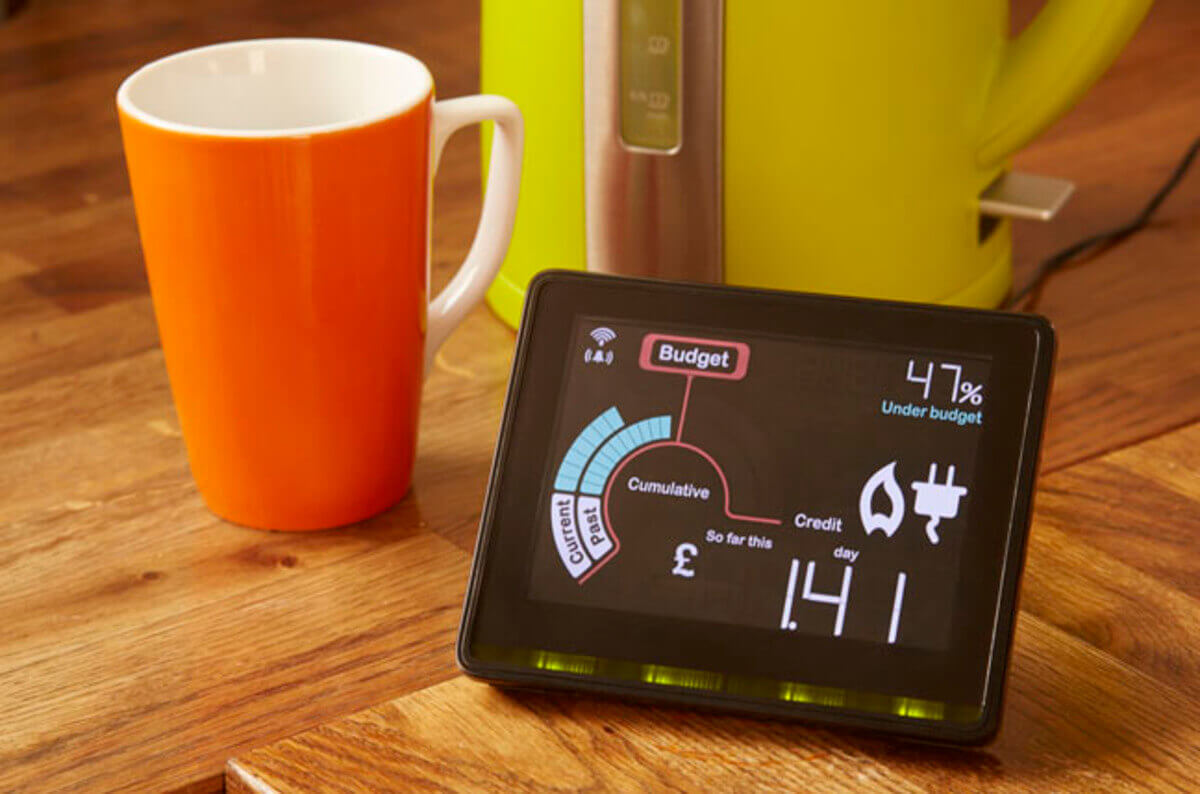Time of Use (TOU) pricing has widely been adopted for electricity billing. With TOU metering the electricity rates are divided into three different time periods – Peak, Shoulder and Off Peak which enables the retailer to charge different prices for the electricity used at different times. A new method of electricity pricing has been introduced, which is commonly known as Real time pricing where the electricity rates vary hour-to-hour and are based on the electricity demands. Real time pricing requires the installation of a smart electricity meter that can send and receive information about electricity usage and electricity costs and give consumer more information about their own usage.
Real Time pricing:
The benefits of real time pricing can be maximised by considering four main criteria:
- Duration for which energy consumption pricing varies
- Ability to buy energy during low energy prices
- Ability to control appliances according to energy price at a given time.
- A smart meter that measures the total usage and time of usage of energy

The occurrence of price variation can be determined by the load curve. The load curve shows the load variation on the generating station with respect to time. The load curve can be used to determine the maximum demand. Electricity prices will be greatest when there is high demand on the grid. This allows customers to limit their energy usage during the periods of maximum demand and shift their electricity consumption to the hours of less demand and thereby lower prices. This process of controlling the electric energy usage during the hours of high demand in order to reduce the billing amount is called demand side management to achieve peak shaving.
Smart meters
Smart meters are important devices to ensure the effective implementation of real time pricing. Smart Meters are the electronic measurement device used by energy companies to record the consumption of electricity and communicate information to their billing department and to customers. The combination of the electronics meters with two way communications technology for information, monitoring and control is commonly known as Advanced Metering Infrastructure (AMI). Smart Meters allow the customers to track their own energy use on the Internet or with third party computer programs.
The data in the smart meters is collected locally and transmitted via Local Area Network (LAN) to the collector. The collector retrieves, processes and transmits the data via Wide Area Network (WAN) to the utility central collection point for processing. Smart meters are categorized according to LAN technology i.e. Radio Frequency (RF) and Power Line Carrier (PLC). The smart meter technologies are selected according to evaluation of existing infrastructure, impact on legacy equipment, functionality, technical requirements as well has the economic impact to the utility’s customers.
Radio Frequency (RF): The measurement and data from the smart meter are transmitted by wireless radio signals form the meter to the collection point. The data from the collection point is delivered by various methods to the utility data systems for processing at the utility central location. RF technologies are usually two types:
- Mesh Technology: The smart meter interacts with each other to form a LAN cloud to a collector. The collector transmits the data using various WAN methods to the utility central location. This technology includes acceptable latency and large bandwidth. The main disadvantage of this technology includes terrain and distance challenges for rural areas, proprietary communications and multiple collection points.
- Point to Point Technology: In this technology, smart meters interact with the collectors directly using a tower. The tower collector transmits the data using various methods to the utility central location for processing. This technology has several advantages such as little or no latency, direct communication with each end point, large bandwidth and can cover large distances. This technology has also been proven to be challenging in rural areas as it can be difficult to provide line of sight for radio frequency signals.
Power Line Carrier (PLC): The measurement and data from the smart meter can be transmitted across the utility power lines from the meter to a collection point which is usually located in the distribution substation feeding the meter. In some situations, collection points are located on the secondary side of distribution transformer. The data is then delivered to the utility data systems for processing at the utility central location for billing, outage management and other operational purposes. The main advantages of this technology are leveraging the use of existing utility infrastructure of poles and wires, improved cost effectiveness, more effective in non-ideal terrain and ability to work over long distances. This technology has a few disadvantages such as more latency, less bandwidth and higher cost in urban and suburban locations.
Advantages of Smart Meters:
Smart Meters extend its benefits to the customers and the utilities.
Benefits for the customers:
- Customers have access to historical and real time data on Energy costs and potentially Carbon Emission data.
- The energy consumption data be displayed on the appliance
- Demand response techniques can be implemented by adding multi tariff functions.
- Electrical appliances can be controlled automatically.
- Customers can reduce the cost by shifting energy consumption to cheaper off peak tariff periods.
- More accurate and timely billing
- Improved outage restoration.
Benefits for utilities:
- Utilities have access to quality data and influence the energy consumption of the users.
- It helps the utilities to develop more competitive energy market.
- Utilities can monitor the energy generation from renewable sources more efficiently.
- Utilities can support demand response techniques.
- It helps utilities it manage the grid efficiently.
- It creates better communication channel between utilities and customer.
- Improved load forecasting.
- It helps the utilities to develop better Power Procurement process.
- Improved Power Quality.
- Early detection of meter tampering and theft.
Challenges:
The real challenge lies in implementing the real time pricing and rolling out smart meters.
- Some sections of society are unaware of the benefits of the smart meters and believe that a competitive market as a result of real time pricing will increase the electricity costs.
- Some consumers have concern about their usage data being shared with the utility companies.
- Utilities have to upgrade their infrastructure and improve their institutional framework to extend the benefits of smart meters and real time pricing to the customers.
- Lack of interaction between consumers and utilities
- Lack of standardisation hinders the process of creating a competitive energy market.
- Security of smart meters can be compromised.
Conclusion:
In order to deploy smart meters efficiently, governments needs to make changes in the rules and regulations.
- Governments and utilities should put more emphasis on educating customers to use the smart meters to reduce the energy consumption and utilize the real time pricing to reduce their bills.
- Governments should team up with the utilities to implement the process for monitoring the changes in energy consumption and peak demand.
- Utilities should measure and track network benefits to be able to pass it on to the customers.
- Utilities and governments should develop a strong customer relationship in order to help customers in making an informed decision to realize the potential benefit of more competitive and flexible energy market.
- Government and utilities should develop ways to educate the vulnerable sectors of the society to minimize the risk of any disadvantages.
- Utility companies should take strict measures to protect the customer’s usage data.

